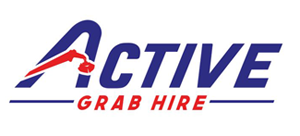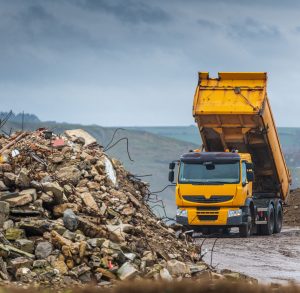Site clearance plays a pivotal role in the commencement of construction projects. It encompasses the removal of various obstructions, debris, and waste from the construction site. The challenges associated with this task range from managing a substantial volume of waste to ensuring safety and mitigating environmental impacts. A profound understanding of and adeptness in overcoming these challenges are imperative for the seamless progression of any construction venture.
Planning and Preparation The cornerstone of effective site clearance resides in meticulous planning and preparation. This preliminary stage involves a comprehensive assessment of the site, taking into consideration factors such as its dimensions, location, and potential environmental concerns. This in-depth evaluation aids in ascertaining the specific requisites and complexities of the project, facilitating the formulation of a bespoke clearance strategy. Furthermore, judicious planning aids in the identification of the most suitable methods and equipment for the efficient and secure clearance of the site.
Selecting Appropriate Equipment The judicious selection of the correct equipment is pivotal for the efficacy of site clearance. This choice is contingent upon the distinct characteristics of the site. For expansive, unobstructed sites, the deployment of heavy machinery such as bulldozers and excavators may be warranted. Conversely, smaller sites or those ensconced in delicate environs might necessitate the utilisation of more precise tools. Considerations such as the nature of the materials to be cleared, site accessibility, and the magnitude of waste to be managed are instrumental in this decision-making process.
Health and Safety Considerations Safety stands as the foremost consideration in site clearance. The rigorous enforcement of stringent safety protocols, the impartation of comprehensive safety training to personnel, and the unwavering adherence to health and safety regulations are paramount. This entails the utilisation of protective attire, the conspicuous placement of signage around the site, and the periodic execution of risk assessments to preclude accidents and ensure the welfare of all involved.
Waste Management and Environmental Protection Prudent waste management stands as a pivotal facet of site clearance. Strategies encompass the meticulous categorisation of waste to facilitate recycling, the diligent disposal of non-recyclable materials, and the employment of methods designed to curtail environmental harm. The objective is to minimise the ecological footprint of the clearance process, thereby contributing to the propagation of sustainable construction practices.
Cost-Effective Practices Maintaining a harmonious equilibrium between cost-effectiveness, efficiency, and safety is incumbent in site clearance. The engagement of professional grab hire services can furnish an economical and efficient solution. These services often proffer a more cost-effective approach in comparison to conventional methods, sans any compromise on efficiency or safety.
Case Study The elucidation of a practical case study serves to elucidate the efficacious application of these strategies. This section would delve into a specific project, delineating the challenges encountered and the solutions instituted. Such an illustrative case study proffers invaluable insights and lessons, elucidating best practices through real-world exemplification.
Conclusion In summation, the effective clearance of a construction site constitutes an indomitable imperative for the fruition of construction projects. It necessitates meticulous planning, the judicious selection of equipment, unwavering adherence to safety protocols, responsible waste management, and the adoption of cost-effective practices. The assiduous observance of these strategies ensures the seamless, secure, and environmentally conscientious inception of any construction endeavour.


